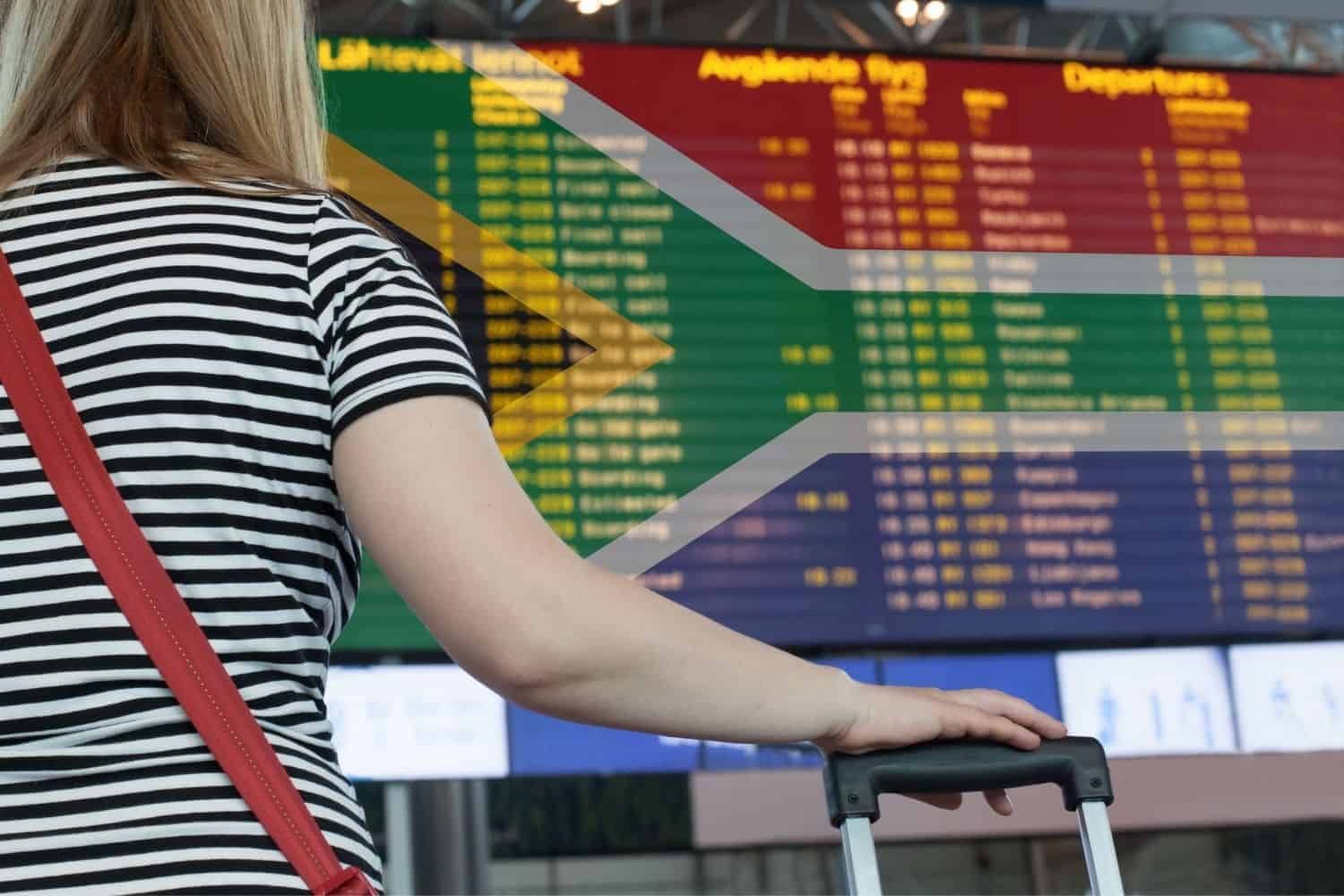News
SA Tourism at a Crossroads: Why More Visitors Don’t Mean True Recovery

South Africa has almost clawed its way back to its pre-pandemic tourism numbers. Between January and July 2025, 5.85 million international tourists visited the country, just 33,000 shy of 2019’s peak. On the surface, this feels like a comeback story. But scratch a little deeper, and the picture is far less reassuring.
The numbers don’t tell the whole story
Globally, tourism bounced back in 2024. Countries like Kenya, Tanzania, and Morocco have surged past their pre-COVID benchmarks. Morocco now leads the continent with a staggering 17.4 million arrivals last year. South Africa? Growth has been sluggish only 5.1% in 2024, keeping the country 13% below 2019 performance.
As tourism analyst Lee-Anne Bac from BDO South Africa bluntly puts it, “We’ve ceded ground to our African competitors.”
The overseas visitor gap a costly hole
While African arrivals have driven much of South Africa’s rebound, overseas tourism the lifeblood of foreign exchange is limping. Just 1.3 million overseas arrivals were recorded in the first seven months of 2025, 10% down on 2019. That gap translates into a R4.3 billion loss in direct foreign spending this year alone.
China and India remain weak spots, despite visa reforms and new tourism schemes. Europe hasn’t bounced back either, and even the United States, our biggest long-haul market, is showing only modest growth.
This is more than a numbers game. Overseas tourists spend far more per head than regional travellers. The “missing” visitors mean hotels, restaurants, and small businesses lose critical income.
Cape Town wins, Joburg struggles
The Cape Town Air Access Strategy has turned the Mother City into South Africa’s star performer. International arrivals there are 21% above 2019 levels, and five-star hotels are charging more than 40% above pre-pandemic rates.
But Joburg tells a different story. OR Tambo International is still down 21%, and five-star hotels in Sandton have seen revenue plunge by nearly half. KwaZulu-Natal is also under pressure, with room rates lagging far behind.
Locals on X (formerly Twitter) have been quick to point out that “Cape Town feels like another country,” while the rest of South Africa battles potholes, load shedding, and safety concerns that scare visitors away.
Tourism doesn’t exist in a vacuum
As Bac stresses, tourism can’t recover while South Africa’s broader economy flounders. Energy insecurity, governance challenges, and crime feed into perceptions that directly affect whether tourists choose SA over a rival destination.
Policy has shown it can move the dial: visa-free travel doubled arrivals from Ghana, while Kenyan tourism is booming thanks to easier entry. But these bright spots remain the exception rather than the rule.
What needs to change?
Experts argue that South Africa needs more than short-term fixes. BDO’s report recommends:
-
A new Brand SA campaign to counter negative headlines abroad.
-
An Air Access Development Fund to connect more cities directly to high-potential markets.
-
Public-private partnerships to tackle crime and urban decay.
-
A renewed focus on business tourism and diversified products to draw visitors beyond the usual hotspots.
At stake is not just tourist spending but South Africa’s broader economic revival. Tourism is one of the few sectors that can create jobs across skill levels and inject much-needed foreign exchange.
Yes, South Africa is close to pre-pandemic visitor numbers. But in reality, the country is playing catch-up while rivals pull ahead. Without bold action, from safer streets to smarter air routes South Africa risks becoming the tourist destination people used to visit, while the rest of the continent races ahead.
{Source: IOL}
Follow Joburg ETC on Facebook, Twitter , TikTok and Instagram
For more News in Johannesburg, visit joburgetc.com

















